The new kiosks, which have been rolled out across Mexico City, Cancun and Los Cabos airports, will use biometric technology to capture fingerprints to verify passengers’ identities and improve national security.
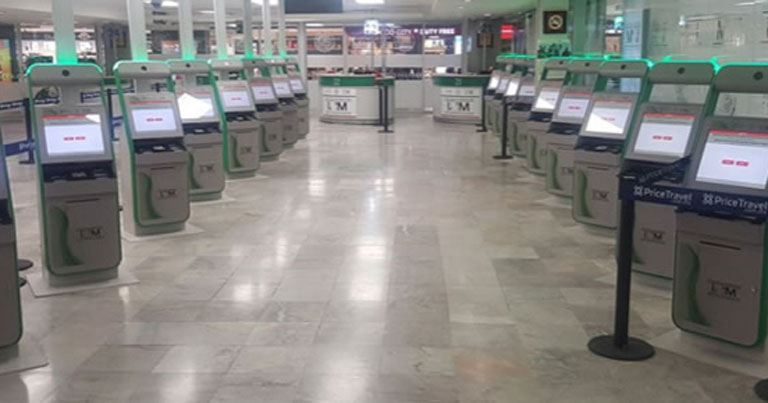

The new kiosks, which have been rolled out across Mexico City, Cancun and Los Cabos airports, will use biometric technology to capture fingerprints to verify passengers’ identities and improve national security.
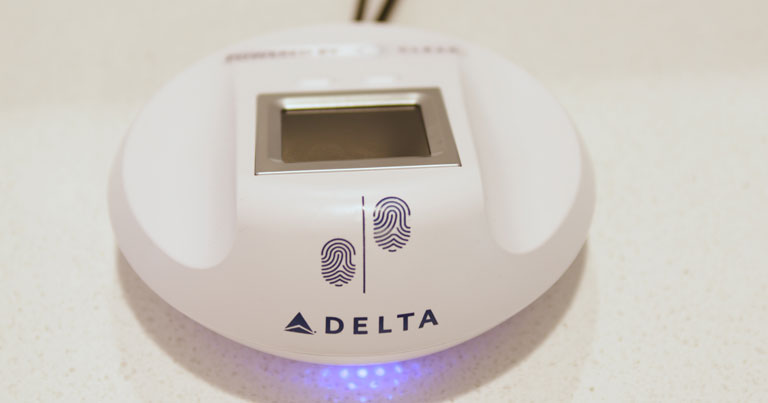
The new Delta Biometrics programme powered by CLEAR allows eligible members to securely and seamlessly use their fingerprints to enter all 50 US Delta Sky Club locations.
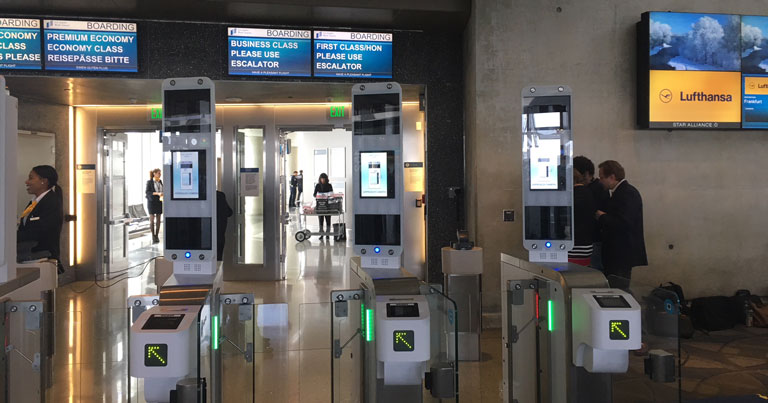
Lufthansa Group has launched biometric boarding technology with facial recognition at Los Angeles Airport (LAX), as part of its ongoing efforts to digitalise travel.
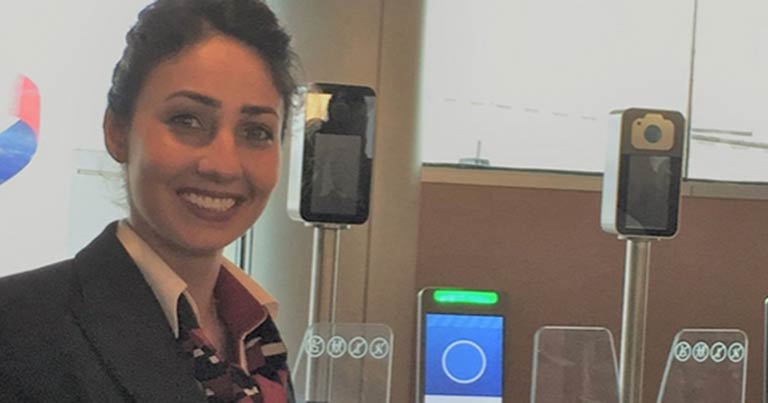
Passengers flying with British Airways from Orlando International Airport to London Gatwick can now enjoy a secure and seamless departure with SITA’s biometric boarding at the gate.
Content plans: Exploring new trends & knowledge sharing
Find out more >>Content plans: Focus on the future of baggage handling, Proof of Concepts updates & knowledge sharing
Find out more >>Content plans: AI, IOT & Robotics case studies & knowledge sharing
Find out more >>Content plans: Tour on 11th hosted by GOAA; Networking Day on February 12th
Find out more >>Content plans: AI, IOT & Robotics case studies & knowledge sharing
Find out more >>Content plans: Members of the FTE Digital, Innovation & Startup Hub and the FTE Baggage Innovation Working Group will convene in London for an action-packed joint members meetings, hosted by Heathrow
Find out more >>Content plans: Members of the FTE Digital, Innovation & Startup Hub and the FTE Baggage Innovation Working Group will convene in London for an action-packed joint members meetings, hosted by Heathrow
Find out more >>Content plans: Focus on the future of baggage handling, Proof of Concepts updates & knowledge sharing
Find out more >>Content plans: AI, IOT & Robotics case studies & knowledge sharing
Find out more >>Content plans: Focus on the future of baggage handling, Proof of Concepts updates & knowledge sharing
Find out more >>Content plans: Focus on the future of baggage handling, Proof of Concepts updates & knowledge sharing
Find out more >>Content plans: Join us in Dublin for APEX FTE EMEA, APEX FTE Ancillary & Retailing, and the brand-new FTE Smart Ramp & Baggage Innovation Summit – co-located to deliver the region’s most comprehensive gathering of air transport leaders.
Find out more >>Content plans: Focus on the future of baggage handling, Proof of Concepts updates & knowledge sharing
Find out more >>Content plans: AI, IOT & Robotics case studies & knowledge sharing
Find out more >>Content plans: AI, IOT & Robotics case studies & knowledge sharing
Find out more >>Content plans: Focus on the future of baggage handling, Proof of Concepts updates & knowledge sharing
Find out more >>Content plans: Join us at the 20th anniversary FTE Global, the “CES of Aviation” taking place in the new location of Dallas, Texas, on 8-10 September 2026, co-located with IFSA Global EXPO. Headline Partners include Dallas Fort Worth International Airport (DFW), Southwest Airlines, and Dallas Love Field Airport.
Find out more >>Content plans: Focus on the future of baggage handling, Proof of Concepts updates & knowledge sharing
Find out more >>Content plans: AI, IOT & Robotics case studies & knowledge sharing
Find out more >>Content plans: Focus on the future of baggage handling, Proof of Concepts updates & knowledge sharing
Find out more >>Content plans: AI, IOT & Robotics case studies & knowledge sharing
Find out more >>Content plans: Focus on the future of baggage handling, Proof of Concepts updates & knowledge sharing
Find out more >>Content plans: AI, IOT & Robotics case studies & knowledge sharing
Find out more >>Content plans: Join us for APEX FTE Expo Asia, 18-19 November 2026 – uniting the world in Singapore for the largest end-to-end passenger experience and innovation expo.
Find out more >>Content plans: Focus on the future of baggage handling, Proof of Concepts updates & knowledge sharing
Find out more >>Content plans: AI, IOT & Robotics case studies & knowledge sharing
Find out more >>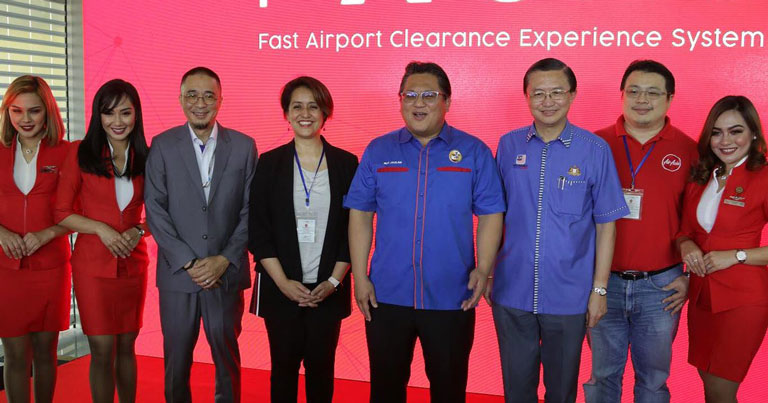
Fully owned and operated by AirAsia, FACES uses facial recognition technology to identify travellers as they approach the automated boarding gate.
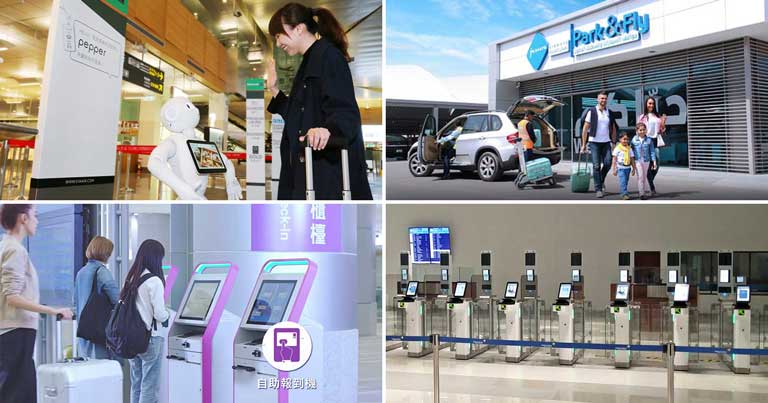
FTE explores how airlines and airports across Asia are embracing new technologies and trends to help improve and simplify the passenger experience.
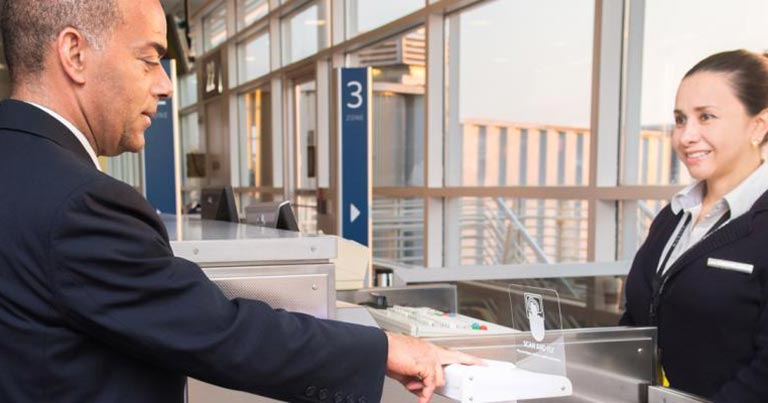
Delta has expanded its “biometric boarding pass experience” trial to include fingerprint recognition technology at the boarding gate at DCA.
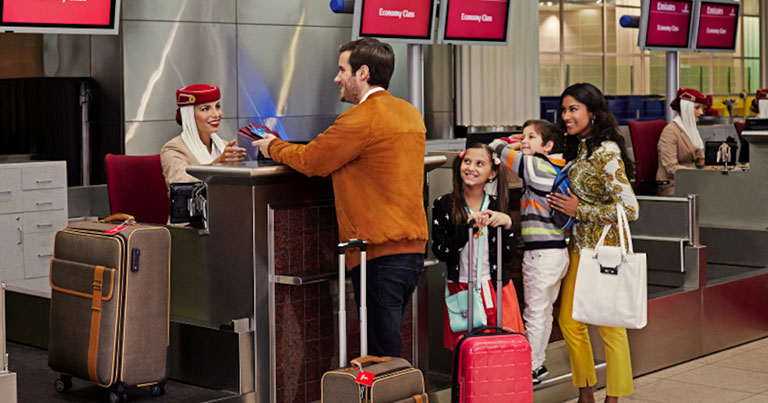
The two new initiatives, which make use of biometric technology and automated border control gates, will be launched immediately.
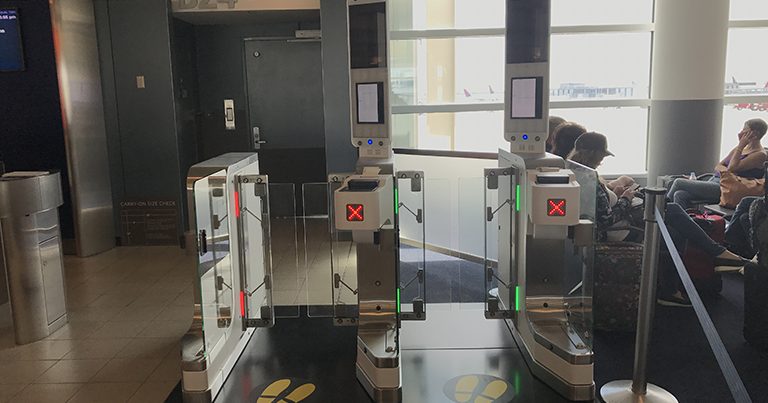
Delta is partnering with US CBP to test a new one-step biometric exit immigration procedure and technology at Hartsfield-Jackson Atlanta and New York-JFK airports.

Maryssa Miller, JetBlue’s Head of Digital Commerce, offers her thoughts on the future role of AI, robotics, automation and biometrics.
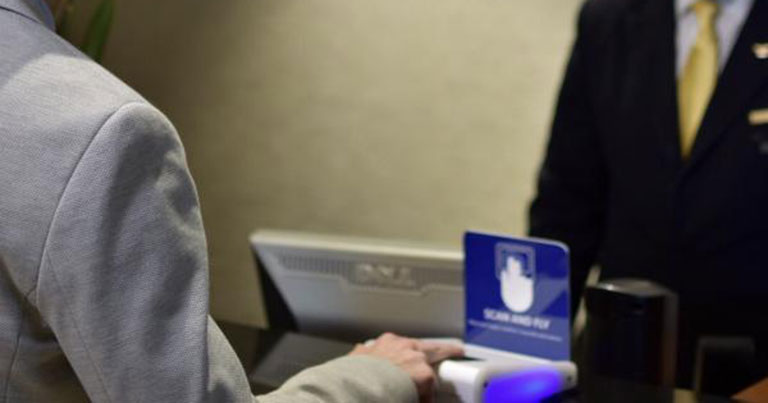
Select Delta passengers flying from Washington National Airport will be able to use their fingerprints instead of a boarding pass and ID.
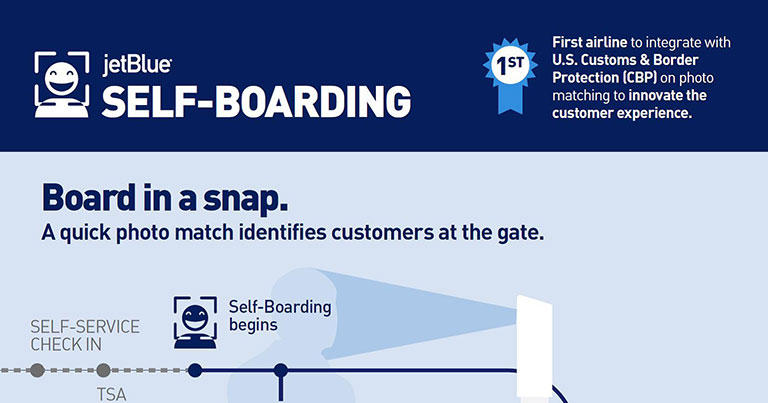
JetBlue, U.S. CBP and SITA are trialling biometric-enabled self-boarding, which removes the need for passengers to present their travel documents.
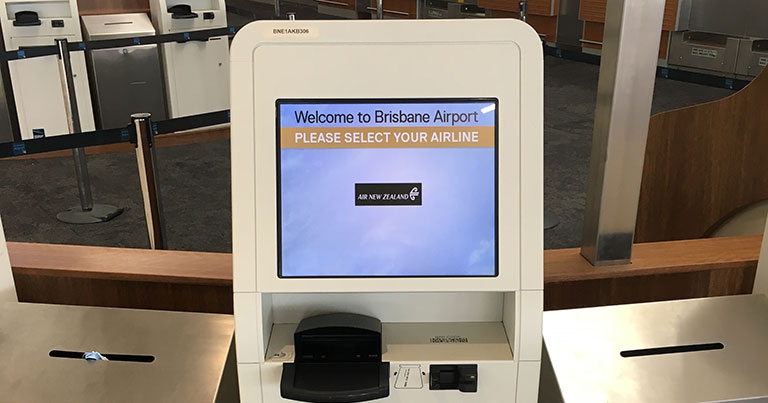
Brisbane Airport, Air New Zealand and SITA are trialling the system, which uses facial recognition technology to create a seamless experience.
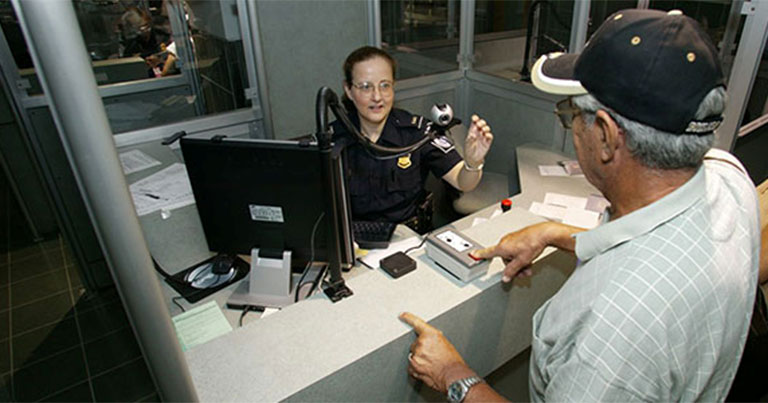
The trial will apply to passengers on one flight a day from the United States to Japan and forms part of CBP’s wider Entry-Exit strategy.
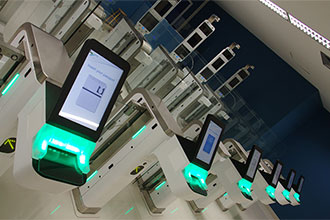
New automated border control e-gates are now live at Curaçao International Airport in both the arrivals and departures terminals at the Caribbean airport.
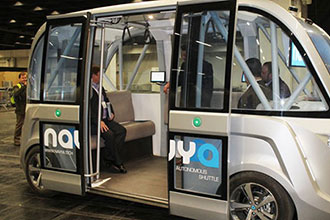
FTE takes a look at a variety of solutions, ranging from offsite self-tagging and wayfinding apps to single biometric tokens and autonomous transportation.
Get Future Travel Experience news & updates sent to your inbox